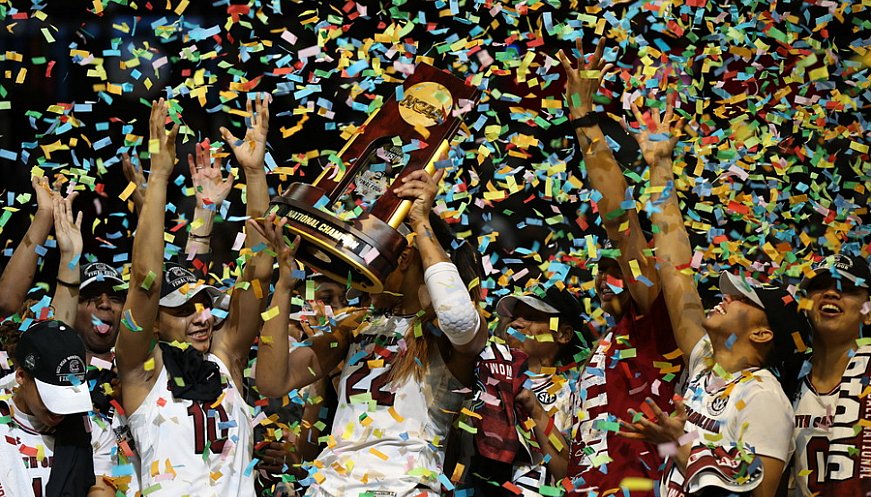 Photo: ESPN
Photo: ESPN
Women’s March Madness championship teams are helping to close the gender gap in sports. A 2021 gender equity review showed that the NCAA spent more money on male student athletes than female student athletes; did not consider women’s athletics to be “revenue-producing;” and limited marketing funds for women’s athletic teams. In 2022, with no more “Men’s March Madness” or “Women’s March Madness,” women’s teams had the opportunity to thrive. Nearly five million viewers tuned into the final game, which was the most-watched college women’s basketball game since 2004. Regular season TV viewership of the games has increased 11% from last year, and broadcasters are airing women’s games on well-known TV channels during prime times. Last year’s first two rounds brought in 217,000 fans, while this year saw over 231,000, and ESPN sold its full advertising inventory for women’s games this year. The NCAA has approved more recommendations for gender equity reform, advocates continue to fight for equality in publicity rights and Title IX enforcement, and big-name coaches and brands are backing these equity efforts, too.
More:














